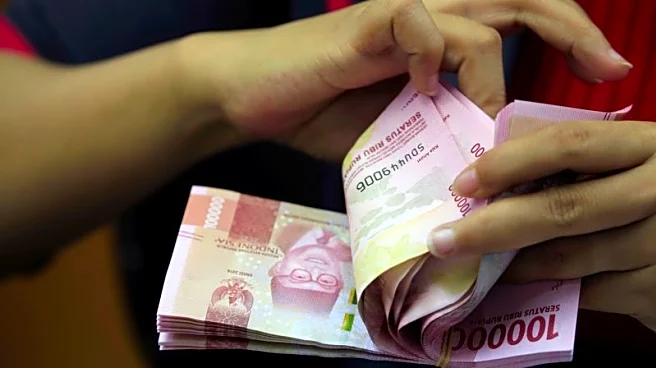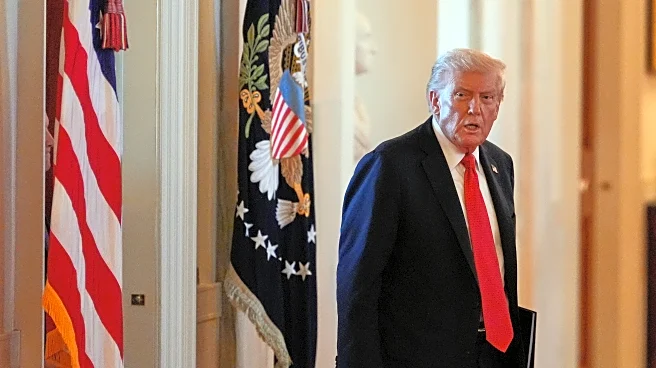What's Happening?
Australian Strategic Materials (ASM), a major rare earth mining company, is investing significantly in South Korea to expand its rare earth alloy production capacity. ASM has announced a capital increase of A$55 million to fund the second phase of expansion
at its Ochang plant in North Chungcheong Province. This expansion aims to double the annual production capacity of neodymium alloys to 3,600 tons by 2027, with potential plans for a third phase that could increase capacity to 5,600 tons annually. Neodymium permanent magnets, crucial for electric vehicle motors and other technologies, are primarily imported by South Korea from China, which controls a significant portion of the global rare earth supply chain.
Why It's Important?
The expansion by ASM in South Korea is a strategic move to diversify the rare earth supply chain, which is heavily dominated by China. South Korea's reliance on Chinese imports for neodymium permanent magnets poses risks, especially if geopolitical tensions lead to supply disruptions. By increasing local production capacity, South Korea can reduce its dependency on China and secure a more stable supply of critical materials for industries such as electric vehicles, robotics, and consumer electronics. This investment could also stimulate technological advancements and economic growth within South Korea's manufacturing sector.
What's Next?
ASM's expansion plans include the possibility of establishing a plant in the U.S., which could further strengthen the rare earth supply chain outside of China. South Korea may need to continue developing technologies to reduce reliance on permanent magnets and explore alternative materials. Additionally, increased tax support for facility investments could encourage further growth in the rare earth sector. The strategic use of rare earths by major producers may also lead to more international collaborations and investments in rare earth mining.
Beyond the Headlines
The reliance on China for rare earth materials highlights broader geopolitical and economic vulnerabilities. As countries seek to secure their supply chains, there may be increased focus on developing domestic capabilities and fostering international partnerships. This shift could lead to long-term changes in global trade dynamics and influence the strategic priorities of nations involved in rare earth production.















